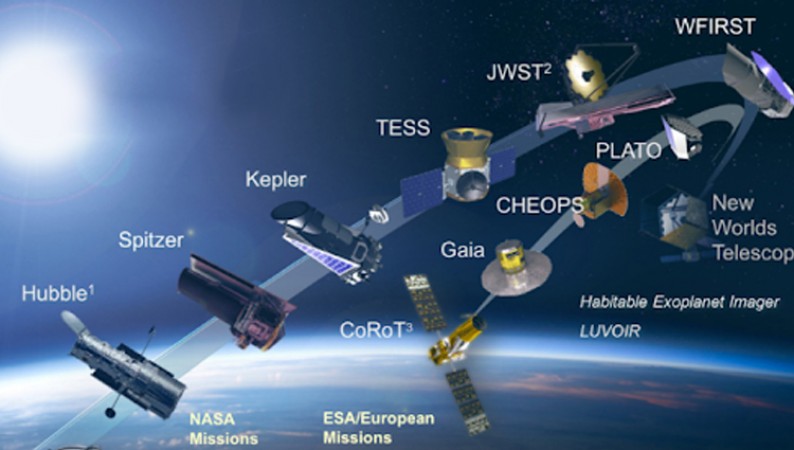
Houston: The Habitable Worlds Observatory (HWO), the next significant space telescope planned by NASA, will be launched in 2018. The upcoming mission may end up being the James Webb Space Telescope's (JWST) replacement.
Exoplanets, stars, galaxies, and other celestial objects can all be examined by the HWO to look for evidence of extraterrestrial life. Although the observatory's launch is still quite some time off, it is expected to fundamentally alter our understanding of other solar systems.
Professor of Astronomy at Caltech and senior research scientist at the NASA Jet Propulsion Laboratory (JPL), Dr. Dimitri Mawet, stated that "before we can design the mission, we need to develop the key technologies as much as possible."
"Technology is currently in a stage of maturation. The goal is to minimise the possibility of future cost overruns while advancing the technologies that will allow the Habitable Worlds Observatory to deliver its ground-breaking science.
Also Read: Zoom Calls Now Available in Your Car Thanks to Google's Android Auto Update
Currently, spectroscopy is used to locate biosignatures—a chemical, substance, or other indicator of current or past life—on exoplanets. By analysing light, spectroscopy can identify gases in an exoplanet's atmosphere.
To achieve this, one must first block out the bright glare from the host star that the exoplanet orbits, leaving only the faint starlight that is reflected off the nearby exoplanet's atmosphere.
Using a coronagraph or a starshade are the two primary methods for reducing star glare.
Also Read: 1,800-Year-Old Alien Dead Bodies Found in Mexico
A telescope's internal part is a coronagraph. It filters out starlight that the telescope receives in a multi-step process to make exoplanets that are shrouded in the star's glare visible. After that, spectroscopy is employed to determine the exoplanet's composition.
The only space telescopes that use coronagraphs to study exoplanets right now are Hubble and JWST.
Outside of the telescope is a starshade. It will be able to spread out in front of the telescope at a specific distance, acting as a shade to obstruct starlight.
For HWO, NASA has chosen a coronagraph path. A launch of the observatory may occur in the late 2030s or early 2040s. In addition to keeping an eye out for exoplanets, HWO will make routine astrophysics observations.
Notably, NASA also intends to image gaseous exoplanets with a coronagraph on the upcoming Roman Space Telescope. This mission, which is expected to launch in 2027, may show how the instrument might be used before HWO travels to space.